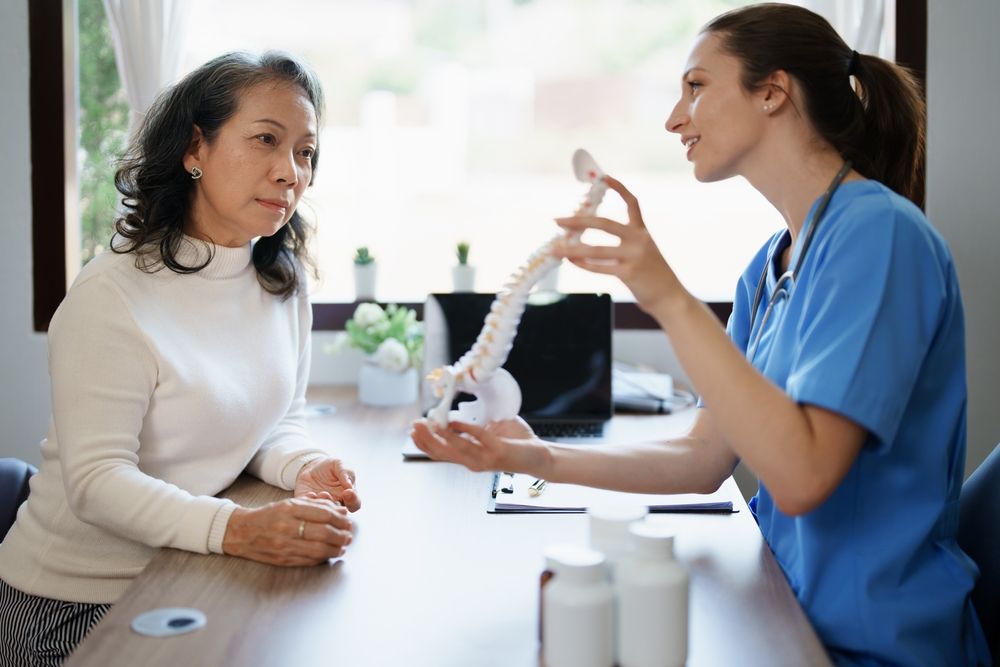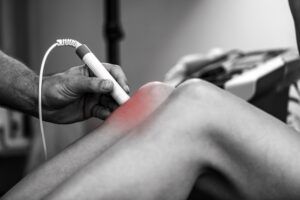A herniated disc, also known as a slipped or ruptured disc, occurs when the soft inner gel-like center of a spinal disc (nucleus pulposus) pushes through a tear in the tougher exterior (annulus fibrosus). This condition typically affects the lower back (lumbar spine) but can also occur in the neck (cervical spine). While some individuals may experience no symptoms, others can suffer from debilitating pain and loss of mobility depending on the severity and location of the herniation.
Discs serve as shock absorbers between the vertebrae in your spine, allowing for flexibility and movement. However, with age or injury, these discs may become more vulnerable to damage. Factors such as heavy lifting, improper posture, trauma, obesity, and even genetics can contribute to disc degeneration and eventual herniation. Recognizing early signs and seeking timely medical care is key to preventing further complications.
Recognizing the Symptoms of a Herniated Disc
The symptoms of a herniated disc can vary greatly depending on the location of the herniation and whether or not it is pressing on a nerve. In many cases, individuals experience localized or radiating pain that worsens with specific movements. In the lumbar region, a herniated disc can cause sciatica, which is pain radiating down one leg from the lower back, often accompanied by tingling, numbness, or weakness.
In the cervical region, symptoms may include neck pain that radiates into the shoulders, arms, or hands. Some patients may also report muscle weakness or a feeling of heaviness in the limbs. In severe cases, nerve compression can impair bowel or bladder control, which is a medical emergency and requires immediate attention. Understanding these symptoms can help individuals seek prompt medical intervention to manage the condition effectively.
How Herniated Discs Are Diagnosed
Accurate diagnosis of a herniated disc involves a thorough physical examination and a detailed review of the patient’s medical history. At Premier Orthopaedics & Sports Medicine, P.C., our team of experienced physicians in Bloomfield, Englewood, and Union City, NJ, carefully evaluates neurological function, muscle strength, and range of motion during initial consultations. A simple series of questions and movements can provide important clues about the location and severity of the herniation.
Imaging tests are often used to confirm the diagnosis. MRI (Magnetic Resonance Imaging) is the most effective imaging tool for identifying herniated discs, as it provides detailed images of the soft tissues around the spine. In some cases, CT scans or X-rays may also be used to rule out other spinal conditions. Diagnostic tools like electromyography (EMG) can assess nerve function and pinpoint areas of nerve irritation or compression, helping to guide treatment planning.
Conservative Treatment Options
For many patients, conservative or non-surgical treatments provide significant relief from the symptoms of a herniated disc. At Premier Orthopaedics & Sports Medicine, P.C., we prioritize minimally invasive options whenever possible. Rest, activity modification, and physical therapy are often the first lines of defense. Physical therapy programs typically include exercises to improve flexibility, strengthen the core muscles, and reduce pressure on the affected disc.
Medications such as non-steroidal anti-inflammatory drugs (NSAIDs), muscle relaxants, or oral corticosteroids can help control pain and inflammation. In some cases, epidural steroid injections may be recommended to reduce nerve irritation and allow the patient to participate more actively in physical therapy. The majority of patients with herniated discs show improvement within a few weeks to months with conservative management alone.
When Surgical Intervention Becomes Necessary
Although most herniated disc cases can be managed without surgery, there are situations in which surgical intervention is necessary. If symptoms persist or worsen despite conservative treatment—or if the herniation results in significant nerve compression, muscle weakness, or loss of bladder/bowel control—surgery may be considered. At our Premier Orthopaedics locations in Bloomfield, Englewood, and Union City, NJ, our surgeons provide individualized evaluations to determine whether surgery is appropriate.
Common surgical options include discectomy (removal of the herniated portion of the disc), laminectomy (removal of part of the vertebral bone to relieve pressure), and spinal fusion (stabilization of the spine using bone grafts or implants). Minimally invasive techniques are often used to reduce recovery time and minimize tissue damage. Our goal is to restore mobility and quality of life while minimizing surgical risks.
Long-Term Management and Recovery
Recovery from a herniated disc varies depending on the severity of the condition and the type of treatment pursued. For patients undergoing conservative therapy, adherence to prescribed exercise routines and lifestyle modifications is key to preventing recurrence. It is essential to maintain a healthy weight, practice good posture, and avoid repetitive movements that strain the spine.
Patients who undergo surgery will typically require a rehabilitation program involving physical therapy and gradual reintroduction of activities. The success of treatment often hinges on patient commitment to follow-up care. Education plays a vital role in long-term management, and our team at Premier Orthopaedics & Sports Medicine, P.C. is dedicated to supporting patients throughout their recovery journey.
Tips for Preventing Herniated Discs
Preventive care is vital in reducing the risk of herniated discs. Consider the following strategies to keep your spine healthy:
- Maintain a strong core through regular exercise
- Avoid lifting heavy objects improperly—use your legs, not your back
- Maintain a healthy weight to reduce pressure on spinal discs
- Take breaks during long periods of sitting or standing
- Practice good posture whether sitting, standing, or sleeping
Making these habits part of your daily routine can go a long way in protecting your spinal health and reducing the risk of herniated discs in the future.
Personalized Care at Premier Orthopaedics & Sports Medicine, P.C.
At Premier Orthopaedics & Sports Medicine, P.C., our mission is to provide top-tier orthopedic and spine care to the communities of Bloomfield, Englewood, and Union City, NJ. Our board-certified specialists are committed to diagnosing and treating herniated discs with a comprehensive approach tailored to each patient’s unique condition and lifestyle.
Whether you’re dealing with acute pain or managing chronic symptoms, our team offers a full spectrum of care options—from initial diagnosis to rehabilitation and long-term wellness strategies. We believe that personalized care and patient education are the foundations of successful recovery. If you’re experiencing symptoms of a herniated disc, don’t wait to seek help—schedule a consultation at one of our convenient New Jersey locations today.
Resources:
Chou, R., et al. (2009). Diagnosis and Treatment of Low Back Pain: A Joint Clinical Practice Guideline. Journal of the American College of Physicians.
Weinstein, J. N., et al. (2006). Surgical vs Nonoperative Treatment for Lumbar Disk Herniation. Journal of the American Medical Association.
Ropper, A. H., & Zafonte, R. D. (2015). Sciatica. New England Journal of Medicine.




